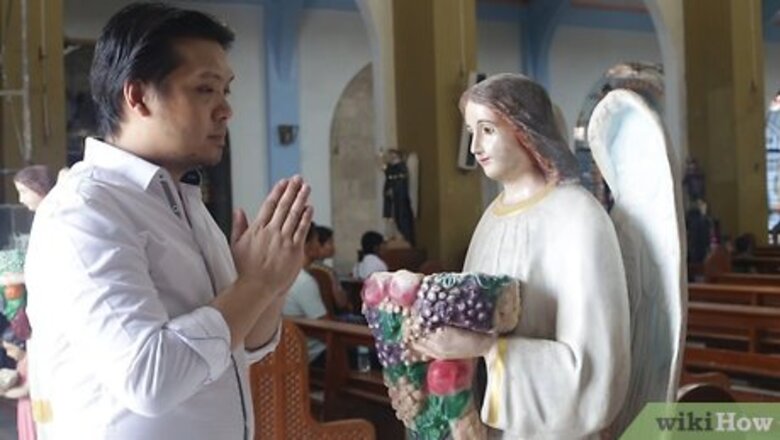
views
Western Tradition
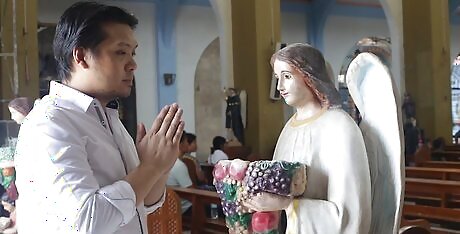
Follow this tradition in Latin Rite and Protestant churches. This method is more common in the Western Catholic Church, and in Protestant traditions that support the sign of the cross, including most Anglican and Lutheran churches.

Lift your right hand. Many worshippers make the sign of the cross with an open hand, their five fingers reminding them of the five wounds of Christ. Others raise the index and middle fingers together, symbolizing Christ's divine and human natures. The thumb is often bent to touch the ring finger in the two-finger position. Many other hand shapes are also in use. There is no requirement to make a specific hand shape, but most leaders encourage you to follow your congregation's tradition unless you derive a spiritual benefit from another form.
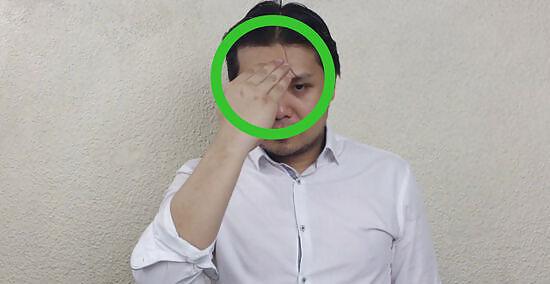
Touch the fingertips of your right hand to your forehead. The sign of the cross is made in many contexts, both privately and in church. At the start of worship or when blessing yourself outside of church, it is usually accompanied by an invocation of the Holy Trinity. Begin "In the name of the Father..." Or in Latin: "In nomine Patris..."
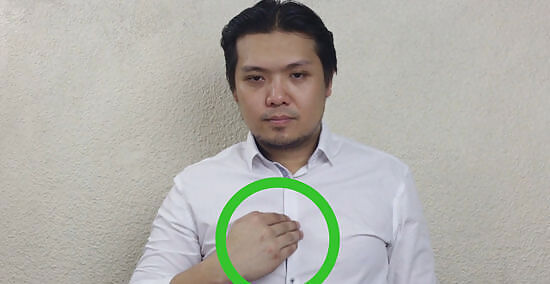
Touch the center of your chest. Bring your hand down to your sternum. Say "and of the Son..." Some people place their left hand on their breast during the sign, and touch the right hand a little higher than it. Latin: "...et Filii..."

Touch the front of your left shoulder. Say "And of the Holy... Latin: "...et Spiritus..."
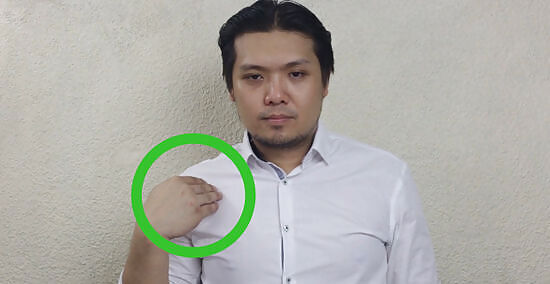
Touch your right shoulder in roughly the same location. Say "...Spirit." Latin: "...Sancti."
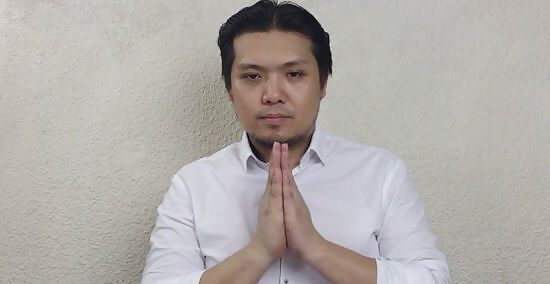
Say "Amen". You may place your hands together. In many Latin countries, it is common to make the small cross with your thumb (see below) and kiss it before saying Amen. In the Philippines, this gesture has evolved into simply touching the thumb to the chin.
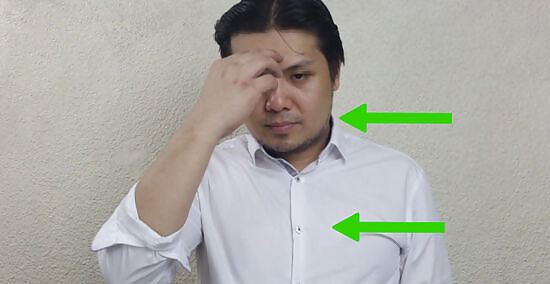
Learn the small cross. Some of the first Christians to bless themselves formed a cross with their thumb and index finger and placed it on their forehead. Today, Roman Catholics make the sign with the same hand shape before the Gospel reading at Mass. Place the small cross first on your forehead, then on your lips, then on your breast. There are many interpretations for this blessing. One common one asks you to approach the Gospels with an open mind, confess them with your mouth, and safeguard it in your heart.
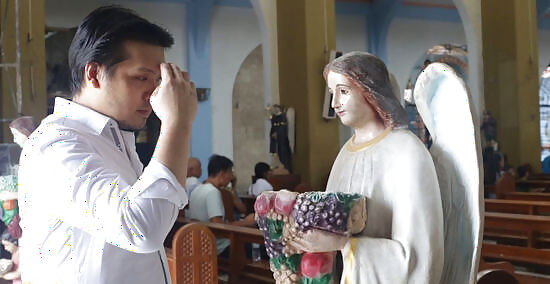
Bless yourself when entering a church. If you are part of the Latin Rite, it is traditional to bless yourself when you walk into a church. Dip your fingers in the font of holy water, then make the sign of the cross. You may use the large or the small cross. Many Catholics also bless themselves when walking past a church, and after receiving communion.
Eastern Tradition
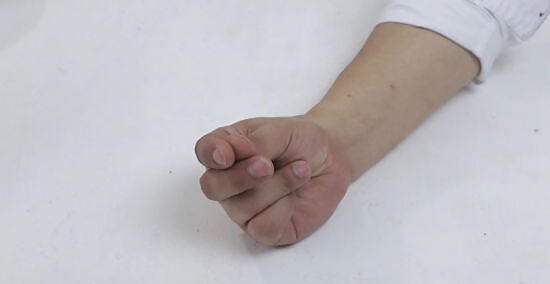
Hold your right thumb, index, and middle fingertips together. In Eastern Orthodox and Byzantine Catholic churches, most people use the three-finger blessing. Your fingers represent the Three Persons of the Holy Trinity, brought together in the Godhead. Tuck the other two fingers into the palm of your hand, representing the Two Natures of Jesus Christ (meaning He is fully human and fully divine). This ancient practice likely dates back to the 400s.
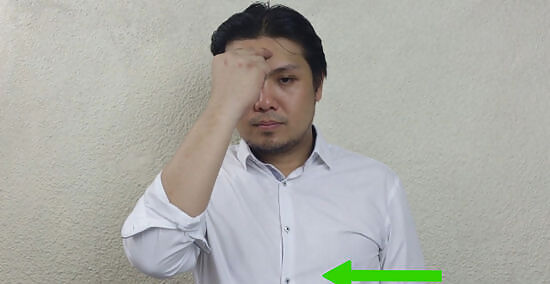
Bring your hand from your forehead to the top of your stomach. First bring your hand to your forehead, then down to your solar plexus. Some people place it on their chest instead, as in the Western tradition, but others are concerned that this makes an inverted cross, with a short lower end. (The inverted cross traditionally symbolizes humility, but has been used by anti-Christian groups.) You can instead bring your hand all the way to touch the ground. This is sometimes used during the Great Fast of Easter, or in times of great trial.
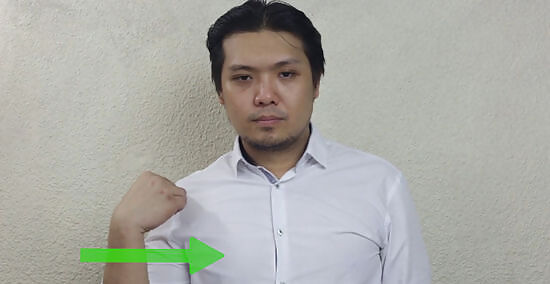
Cross yourself from right to left. Unlike the Latin tradition, the Eastern cross starts at the right shoulder and ends on the left. This is a tradition from many centuries ago, and was once shared by the Western church.
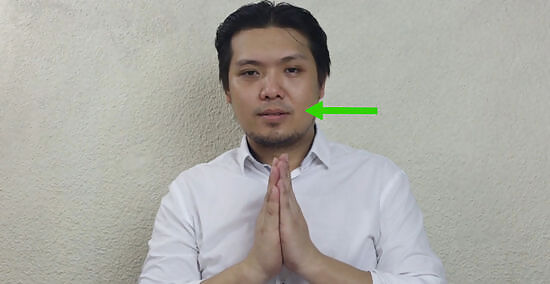
Recite a blessing. There are many ways to do this. Here are two examples, separated with slashes to mark where you move your hand: "Lord / Jesus Christ / Son of God / have mercy on us." “My hope is the Father. / My refuge is the Son. / My protection is the Holy Spirit. / Holy Trinity Glory to Thee.”




















Comments
0 comment